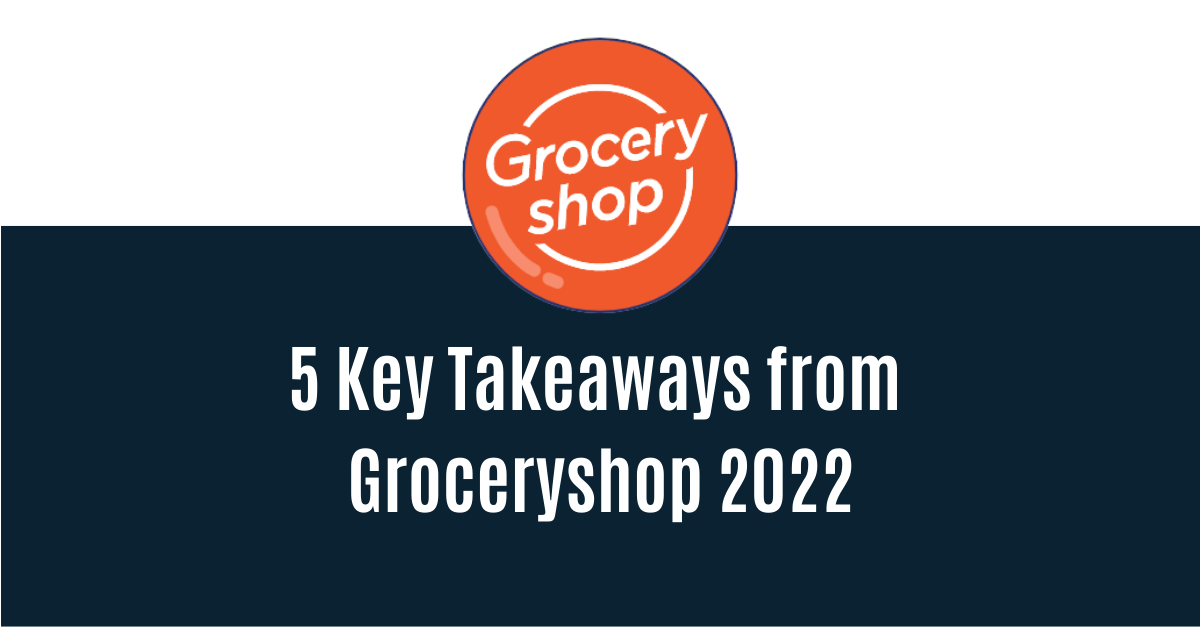Marketing in a world without third-party cookies opens the door for brands to build stronger and more engaging relationships with consumers. First-party data refers to data that brands collect as consumers interact with them by browsing the website, signing up for email, and purchasing products online or in store. It is imperative to understand and utilize this type of data in order to thrive within the future realm of marketing and advertising.
Part of the challenge that first-party data presents is that once consumers share their information with a brand, they expect that brand to engage with them in a 1:1 capacity and nurture a personal relationship. As a brand, if you are just taking a customer's order without the operational and marketing structure in place to create that 1:1 relationship, you are not set up to succeed in the future digital landscape and are at risk of losing out to more innovative competitors. By creating a specific strategy for organized data collection at initial acquisition and continued gathering through retention tactics, first-party data can lead to the personalization that customer’s want and the loyalty that brands need.
One way to ensure success is by adequately allocating your data. This is easier said than done, and is where a lot of brands can fall behind if they do not have the resources to effectively use their data. For example, a brand may have gathered data from their customer, but it may not be organized and they do not have the resources available to structure it. Having a strategy in which brands marry first-party data with identity resolution and predictive audience tech (such as a customer data platform) will be key to staying ahead in marketing.




